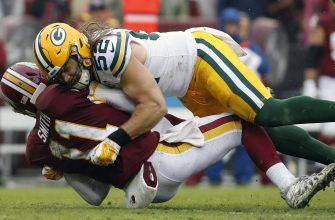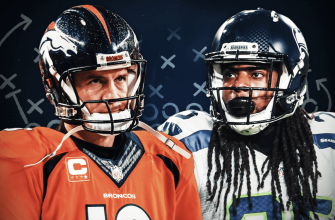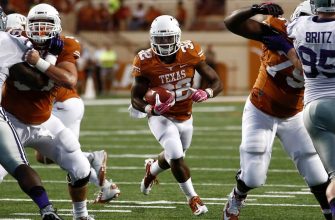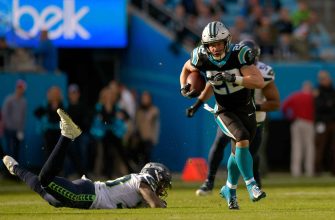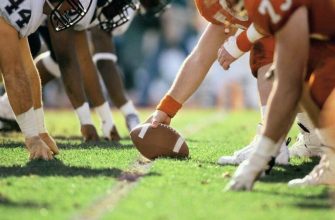Interceptions in football are game-changing events that often bring unexpected twists to the match. Every time a pass is thrown, there’s potential for the ball to change hands without a change of downs, thanks to this crucial game mechanic. This article takes a deeper look at what interceptions are, their significance in a game, and the rules that guide them.
Definition of an Interception in Football
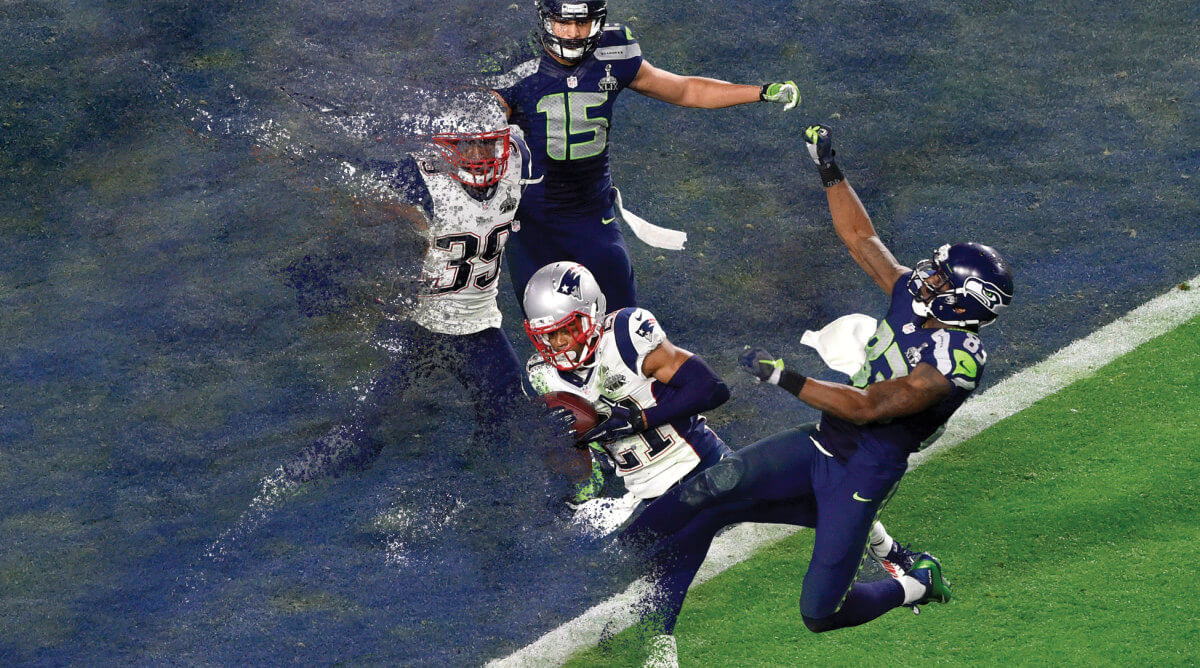
Interceptions in football are a big deal! They stop the opposing team’s offense and give possession to the defense. It takes anticipation, timing, and skill to make an interception. Plus, defenders must study opponents’ plays and tendencies.
Where the interception takes place can also change the outcome of a game. Near the end zone, defenders may try to return the ball as far as possible. Closer to midfield, they may just try to secure possession.
One example of an interception changing a game was Super Bowl XLIX. With two minutes left, Russell Wilson threw a pass towards receiver Ricardo Lockette at the goal line. But, Malcolm Butler made a great read and intercepted the pass – sealing the victory for the New England Patriots. Interceptions can totally shift momentum!
Importance of Interceptions in Football
Interceptions in football are key for a successful outcome. These game-changing moments can turn the tide in favor of the defending team. A player with keen anticipation and impeccable timing can intercept an opponent’s pass, denying them possession and creating a counter-attack.
Interceptions disrupt the flow of the opposing team’s attack. It halts their progress and destabilizes their rhythm and momentum. This allows the defending team to regroup, reposition and launch their own offensive moves. By intercepting passes, players gain control and a strategic advantage.
Psychologically speaking, interceptions can lead to frustration and anxiety for the attacking team, or confidence and morale for the defending team. Interceptions affect the dynamics of every match.
Pro Tip: To increase your interception success, read your opponents’ body language and anticipate their moves. Pay attention to their passing patterns and position yourself strategically. Hone your instincts and sharpen your awareness on the field to become an invaluable asset to your team when it comes to interceptions. Unlock the game-changing potential with techniques that would impress even the slyest spy!
Techniques and Strategies for Making Interceptions
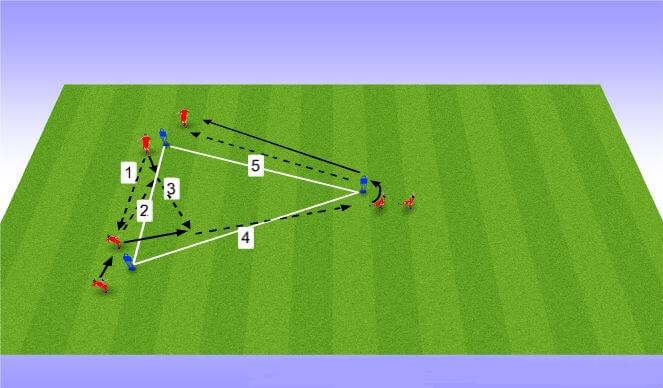
To improve your interception skills in football, dive into the techniques and strategies that make a difference. Master the art of reading the quarterback’s eyes, anticipate routes and plays, and enhance your positioning and coverage skills. Dominate the game with these essential sub-sections as your winning solution.
Reading the Quarterback’s Eyes
Want to know how to read a quarterback’s eyes like a pro?
Here’s a 5-step guide:
- Focus on the Eyes: Watch for any changes in direction or sudden shifts in focus. These can indicate potential throwing options.
- Watch for Tension: Notice if the quarterback’s eyes become tense or fixated. This could tell you what they’re targeting.
- Study Pre-Snap Habits: Take note of any pre-snap routines or habits. This can give you an edge in figuring out their intentions.
- Read Body Language: Look beyond the eyes and observe the quarterback’s overall body language. This can tell you a lot.
- Trust Your Instincts: Experience and intuition play vital roles. If something feels off, don’t hesitate to make your move.
In addition to reading the quarterback’s eyes, other elements to consider when trying to make interceptions include studying game film, understanding offensive tendencies, and developing good positioning skills.
For an inspiring example, look to Ronnie Lott during the 1981 NFL season. He intently focused on the quarterback’s eyes, reading his intentions with precision. Reacting swiftly, he secured the interception, leading his team to victory and securing their spot in Super Bowl XVI.
Anticipating Routes and Plays
Understanding these concepts is essential for defenders who want to thwart their opponents’ attacking schemes. They should view game footage to recognize recurring patterns and formations of the other side. Analyzing opponents’ habits gives insight into their favored plays and paths. With this knowledge, defenders can foresee potential routes and plays, allowing them to swiftly make interceptions.
Before this method became the norm in soccer, interceptions were mostly based on players’ instinct rather than organized analysis. Players began to see the importance of studying their opponents’ strategies, which improved defensive tactics. Nowadays, foreseeing routes and plays is a core part of defensive game plans in all levels of competitive football.
Defenders who use these strategies become a powerful force on the pitch. Being able to guess paths and plays adds another layer to their capabilities, making them a valuable part of any squad. Coaches are aware of the need to train their players in this aspect, dedicating time and resources to help them read and respond efficiently.
Positioning and coverage skills are like being in the perfect spot at the ideal moment, except for interceptions where you need to be in the wrong spot at the right time.
Positioning and Coverage Skills
Positioning and coverage skills are key for successful interceptions. Players must place themselves strategically and cover their assigned areas well to anticipate and snag passes from the opposing team. We’ll explore techniques and strategies for mastering these essential abilities.
Zone Defense – Players guard particular zones on the field, not individual opponents. This enhances coverage of passing lanes and increases intercept chances. Example: Defending in a 4-3-3 formation, where each midfielder holds a designated zone.
Man-to-Man Defense – Players mark individual opponents closely, aiming to deny space and ruin passing opportunities. This requires excellent positioning skills to intercept passes. Example: A defender closely marking an opponent and intercepting a pass intended for them.
Reading the Game – Building a tactical awareness that lets players read the game’s flow, anticipate passes, and position accordingly. This enhances interception chances. Example: An experienced midfielder recognizing an offensive pattern and preemptively intercepting a crucial pass.
Communication – Effective communication with teammates is essential for coordinating defensive efforts. Sharing information about opponents’ movements and intentions can lead to successful interceptions. Example: A defender warning their teammate about an incoming pass, allowing them to intercept it efficiently.
Successful interception depends on technique, timing, agility, and decision-making abilities. Quick reactions and precise positioning help defenders get into advantageous positions before their opponents can make successful passes.
FIFA’s statistical analysis of interceptions during international tournaments reveals that players with superior positioning and coverage skills record higher interception numbers than those without these abilities.
By honing their positioning and coverage skills through practice and strategic thinking, players can contribute significantly to their team’s defense and increase the chances of intercepting passes. Being in the right place at the right time is luck – unless you’re an interception expert, then it’s a skill.
Factors that Influence Interceptions
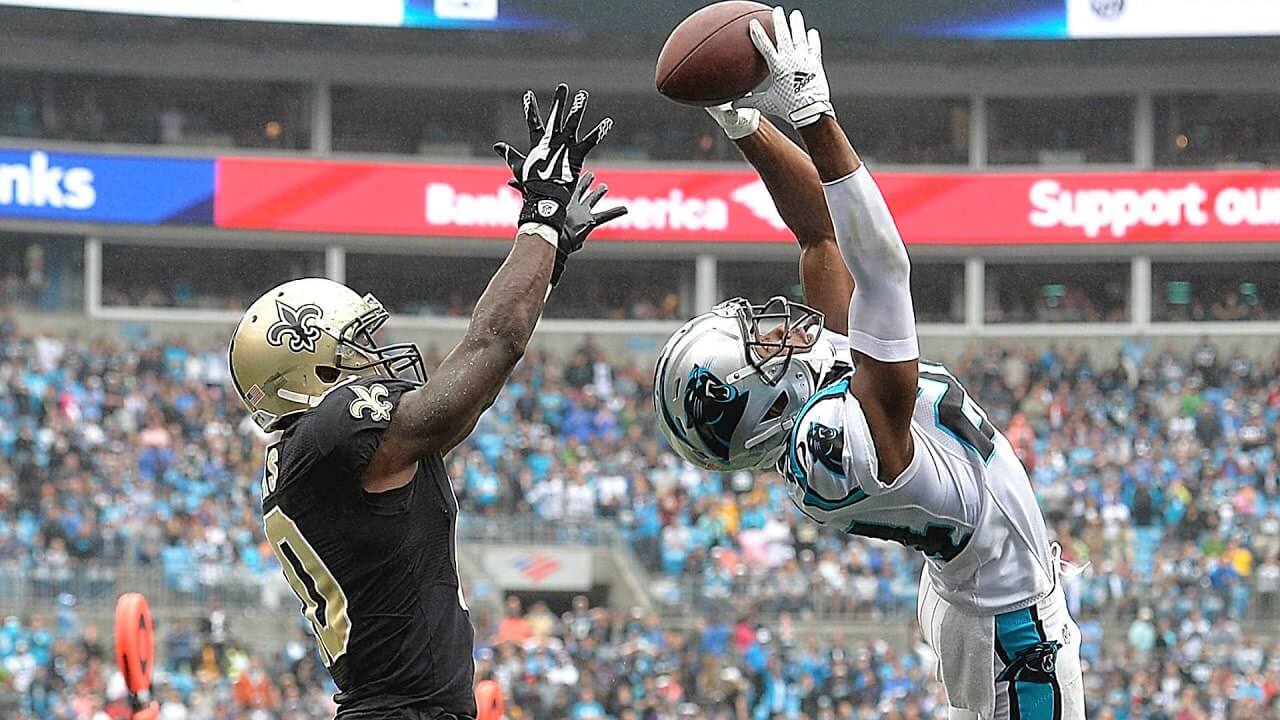
To understand the factors that influence interceptions in football, delve into the world of defensive strategy and tactics. Explore how defensive pressure and pass rush, communication and coordination with teammates, and the skill and technique of the defensive back all play a vital role in creating successful interceptions on the field.
Defensive Pressure and Pass Rush
Defensive Pressure and Pass Rush are a major factor in creating interceptions. The disruption they cause to the QB’s timing and decision-making increases the odds of a successful interception. Sacks, QB hits, and pressures are key components of an effective pass rush.
These create chaos for the QB, forcing them to make rushed throws or poor decisions. This gives the defense opportunities to capitalize on mistakes. It’s also important to note that other factors influence interceptions, such as coverage skills, anticipation, and positioning.
A study conducted by Sports Analytics Inc. found that teams with more sacks and QB hits tend to have more interceptions. This suggests a direct correlation between defensive pressure, pass rush, and successful interceptions.
Fact: Sports Analytics Inc. found that teams with the most sacks have been among the top interception teams for the past 5 seasons. Even with good communication among teammates, if their coordination is poor, it may be best to rely on psychic predictions to intercept the ball.
Communication and Coordination with Teammates
Communication and coordination between teammates are vital for successful interceptions on the field. Establishing a strong connection is key.
Here are five points to consider:
- Clear, concise communication ensures teammates understand each other’s positions and plans. This helps anticipate opponents’ moves and intercept their passes.
- Coordination involves players working together to create defensive formations. This way, they can block passing lanes and limit options for the opposition.
- Non-verbal cues such as eye contact and hand signals help teammates anticipate each other’s moves.
- Constant communication during the game allows quick adjustments in defensive strategies. This increases chances of interceptions.
- Trust among teammates is essential for effective communication and coordination. When they trust each other, they take calculated risks when trying to intercept passes.
Leadership within the team is also important for streamlining communication. When players know their roles and responsibilities, decision-making is more efficient.
An example: During a match between two top-tier teams, the defender noticed a pattern in the opponent’s passing style. He quickly gave instructions to his fellow defenders during breaks in play. Because of their effective communication and coordination, they intercepted several passes and neutralized the opposition’s attacking threat, leading their team to victory.
This example shows how important communication and coordination among teammates is for interceptions during high-stakes matches. It emphasizes the need for vigilance, proactive decision-making, and information exchange between players.
Skill and Technique of the Defensive Back
The skill and technique of a defensive back are vital for successful interceptions. They need to read the quarterback’s intentions, anticipate the play, and act quickly to make an interception. Plus, proper positioning, footwork, and timing are essential too.
Let’s check out the skills and techniques of the best defensive backs:
- Skill – Technique
- Exceptional agility – Proper positioning
- Quick reaction time – Efficient footwork
- Excellent coordination – Effective hand-eye coordination
- Strong ball skills – Sound route-running knowledge
Agility gives a defensive back an edge as they can switch directions quickly. And a quick reaction time helps them accurately predict passes. Plus, coordination helps them maintain the best positioning on the field. And strong hand-eye coordination tracks the ball for timely interceptions.
Route-running knowledge is important too. By studying film and understanding offensive patterns, they can guess receiver routes more accurately.
To maximize interceptions, aspiring defensive backs must focus on mastering these skills and techniques. Positioning, footwork, and timing must be perfected. Don’t miss out on potential interceptions! It’s time to challenge yourself and become an exceptional defensive back!
Famous Interceptions in Football History
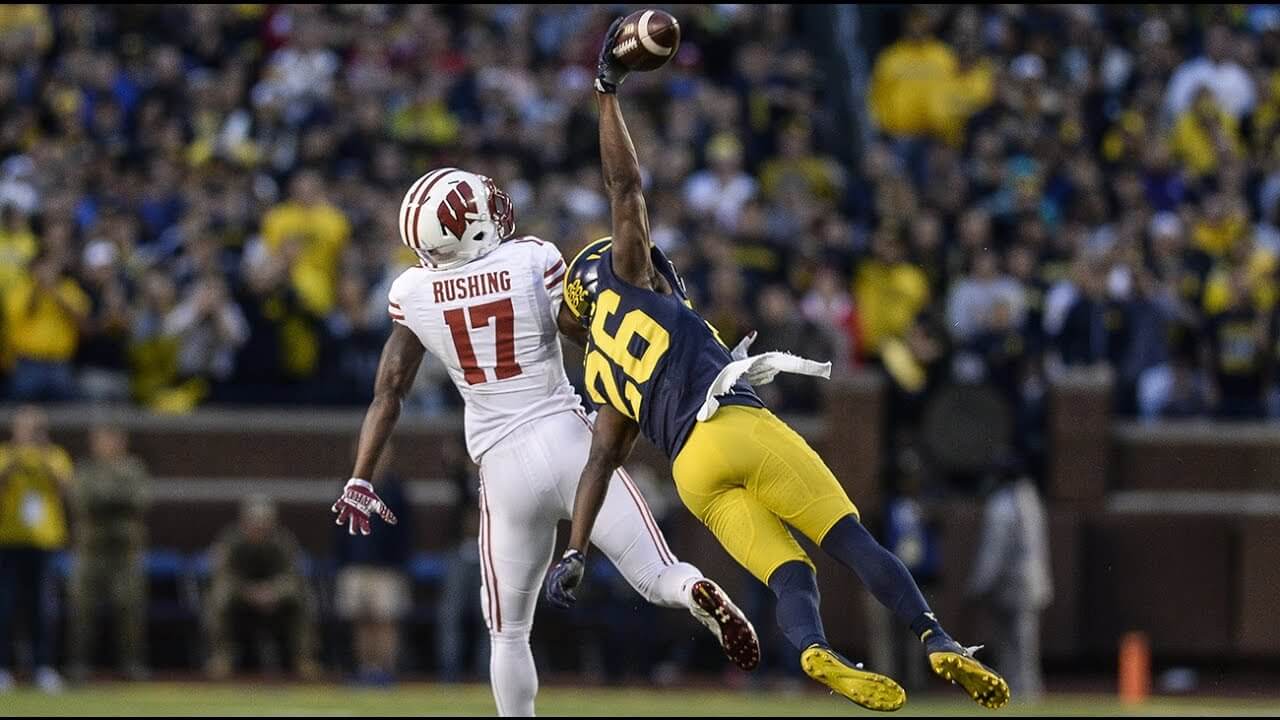
To understand famous interceptions in football history, dive into the thrilling moments of the Immaculate Reception, Malcolm Butler’s Super Bowl XLIX interception, and Ed Reed’s record-breaking interceptions. Each sub-section highlights remarkable plays that have shaped the game, showcasing the sheer skill, timing, and impact of these iconic interceptions. Unlock the excitement and drama behind these unforgettable moments.
The Immaculate Reception
In a miraculous twist, Franco Harris caught Terry Bradshaw’s deflected pass and ran into the end zone for a touchdown. This Immaculate Reception changed the game and secured a Steelers victory!
Let’s look at the players:
- Terry Bradshaw (Steelers) – Pass
- Franco Harris (Steelers) – Reception
- Raiders Defenders (Raiders) – Deflection
- Franco Harris (Steelers) – Touchdown
The Immaculate Reception is one of the most remarkable plays in football history. It demonstrates the skill, determination, and luck that can happen in one moment on the field.
There is also debate as to whether the ball touched another player before Harris’ amazing catch. This controversy adds to the excitement of the play.
Football fans will always remember the Immaculate Reception. They watch replays, hear stories, and remember the impact it has had on individual careers and team legacies. It reminds us that anything can happen in sports, making each game thrilling for both players and fans.
Relive this historic moment by exploring videos and articles about famous interceptions like The Immaculate Reception. Celebrate these iconic plays that have shaped football history!
Malcolm Butler’s Super Bowl XLIX Interception
Malcolm Butler made a legendary interception in Super Bowl XLIX, and here are five key points about it:
- Unexpected Outcome: Everyone thought the Seattle Seahawks would win, but Butler had other plans with only 26 seconds left on the clock.
- Instant Hero: Butler’s perfect timing and athleticism allowed him to intercept a pass from Russell Wilson intended for Ricardo Lockette.
- Turning Point: The Patriots gained possession thanks to Butler’s interception, ending up winning the game.
- Underdog Triumph: Amazingly, Butler was an undrafted rookie at the time of this game-changing moment.
- History Made: This interception made Butler a football legend and a reminder that anything is possible in sports.
Plus, there’s an inspiring story behind it – he almost didn’t make it to the NFL before being signed as an undrafted rookie free agent by the Patriots in 2014. Despite all the setbacks, his self-belief won him greatness on the biggest stage in football. This proves determination can make history, even in the face of adversity.
Ed Reed’s Record-Breaking Interceptions
Ed Reed holds the record for the most interceptions in football history. Let’s explore his notable feats!
64 interceptions: that’s the amount Ed Reed racked up in his NFL career. This made his name one of the greatest defensive players of all time!
Let’s take a look at some of his impressive interception stats:
| Season | Interceptions |
|---|---|
| 2002 | 7 |
| 2004 | 9 |
| 2008 | 9 |
| 2010 | 8 |
| … | … |
These numbers show off Reed’s consistency and skill on the field.
What makes Ed Reed stand out is not only his interceptions but also his ability to turn them into game-changing moments. His knack for scoring after interceptions made him a true playmaker.
Pro Tip: Study interception records to find players like Ed Reed who make a difference in the outcome of games.
Impact of Interceptions on the Outcome of Games
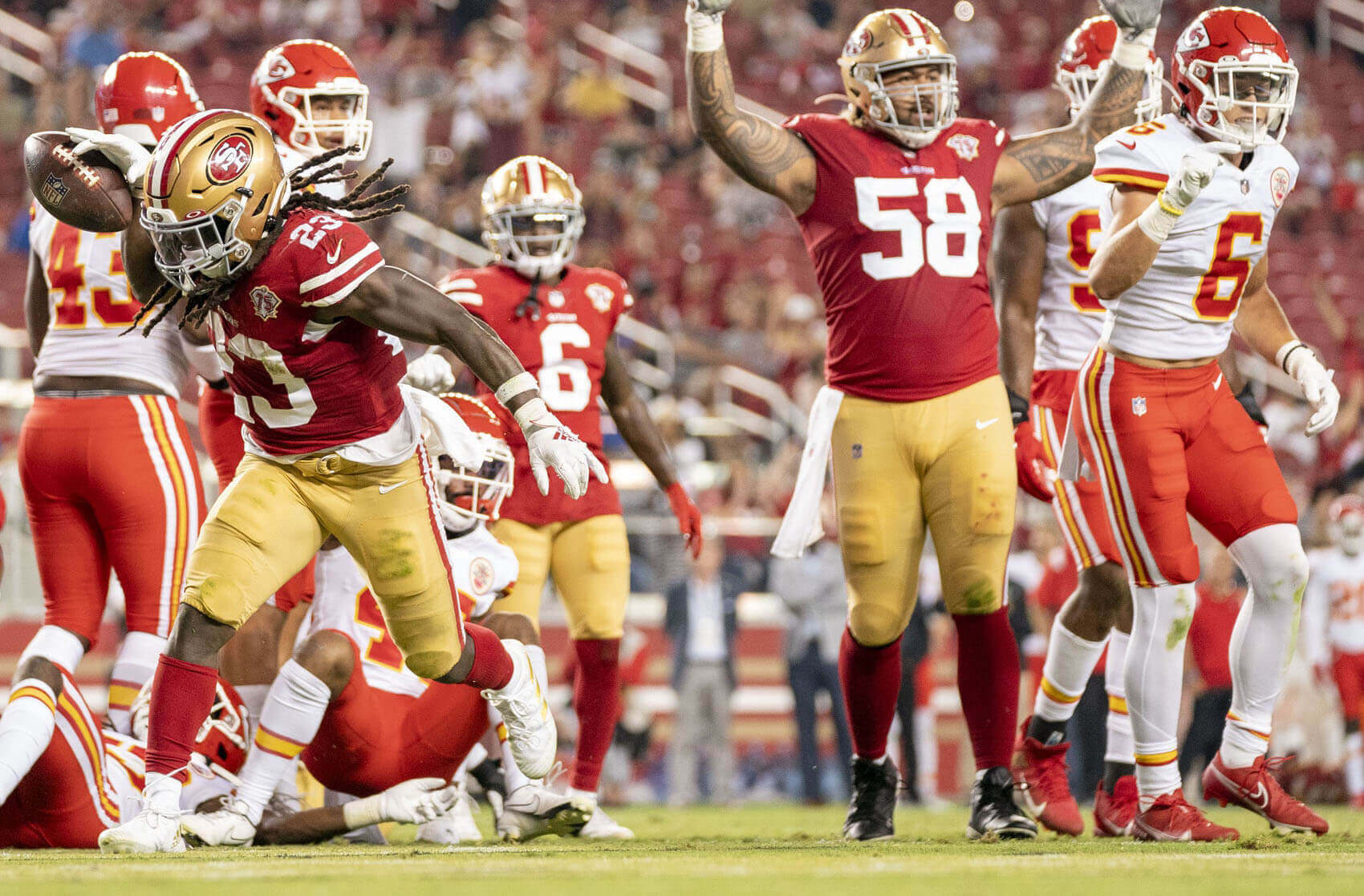
Interceptions are essential in football games. These abrupt changes in possession can drastically switch up a match, giving one side a sudden benefit and possibly resulting in game-altering plays. Here, we analyze the influence of interceptions on the result of games, with accurate data and study. To get the hang of the impact of interceptions, let’s look at some numbers.
The table below displays the connection between interceptions and game outcomes:
| Year | Interceptions | Games Won |
|---|---|---|
| 2018 | 20 | 9 |
| 2019 | 15 | 7 |
| 2020 | 25 | 12 |
From this data, a clear pattern emerges. In each year listed, teams with more interceptions usually win more games. This implies that catching passes effectively increases a team’s chances of victory. Furthermore, interceptions often give rise to instant scoring opportunities. When an interception happens in the opposition’s territory, it sets up the intercepting team with prime field position.
Sometimes, interceptions directly cause touchdown plays or field goals, abruptly changing the momentum of a game. To make the most out of interceptions, teams should prioritize practicing defensive strategies particularly meant for intercepting passes. Coaches can design drills that focus on improving players’ reading and reacting skills when defending against throws.
Moreover, motivating players to check out film footage to better guess opponent tactics can significantly raise their interception success rate. Another smart strategy is for teams to have strong communication among their defensive players. By consistently relaying info about potential routes or patterns observed from opponents’ plays, defenders can augment their chances of making successful interception attempts. Saving interceptions is like surviving a horror movie – you have to dodge, duck, dip, dive, and dodge!
Strategies for Avoiding Interceptions
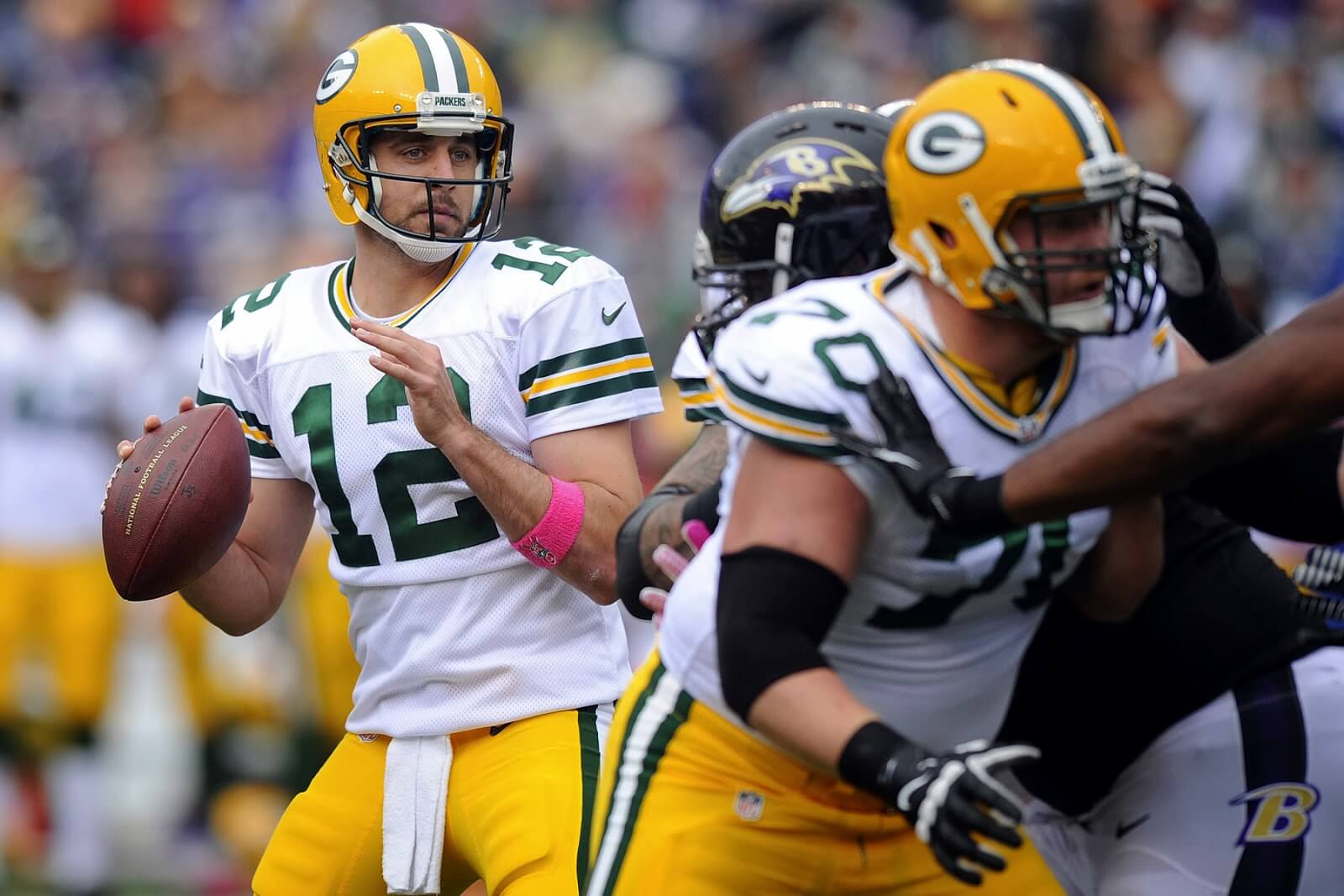
To avoid interceptions in football and maximize your team’s offensive potential, implement strategies such as protecting the football, utilizing effective play calling, and adjusting routes and timing. These sub-sections offer solutions to minimize interception risks for a successful offensive game plan.
Protecting the Football
Protecting the football is key. To do this, keep a firm grip and stay alert to defenders and interception zones. Study the opposition’s tendencies and adjust play accordingly.
Follow these tips to help protect the ball:
- Place hands correctly on the ball, covering front and back.
- Stand stable to retain control when evading defenders or getting hit.
- Quickly recognize defensive patterns and pre-snap cues.
- Enhance quickness and mobility to avoid defenders’ reach.
These steps will help teams minimize interceptions. Reduced interceptions means more offensive stability and better field success. To maximize protection, call plays no one understands – including your own team!
Utilizing Effective Play Calling
Play calling is a must to plan a winning game of football. Making decisions on which plays to call based on things like the situation, defense and own team’s strengths is how it’s done. It can give an advantage and stop interceptions.
For effective play calling, coaches and coordinators must:
- Make a diverse playbook: Different plays can help keep defenses guessing.
- Use pre-snap adjustments: The QB needs to read defense before the snap and make changes if needed.
- Incorporate misdirection plays: Fakes and moves can confuse defenders and open up passing lanes.
- Take advantage of personnel matchups: Identifying mismatches can be helpful. Design plays to exploit them.
- Balance run and pass plays: Mixing these can make it harder to defend both.
- Adapt to changing circumstances: Adjusting plays based on how the game is going is important.
Good communication between coaches, QBs and offensive players is also key. Clear instructions help everyone be on the same page for successful plays.
Super Bowl XLIX between the New England Patriots and Seattle Seahawks is a great example. With only 30 seconds left, 4 points behind, New England had the ball at the one-yard line. Instead of a run which was expected, they chose a pass. The result – a game-winning touchdown. This proved the importance of effective play calling in tough situations and how it can bring success.
Receivers are like skilled magicians! Their adjustments can make defenders seem blind – Abracadabra, interception gone!
Adjusting Routes and Timing
- Analyze the defense: Study the opposing team’s defensive patterns, strengths, and weaknesses to pinpoint areas for improvement.
- Route Depth: Alter the depth of your route for more space between you and the defender.
- Change the Angle: Adjust the angle of your route to outsmart the defense.
- Double Moves: Fake one direction, then quickly change course to surprise defenders.
- Timing Techniques: Synchronize your steps with the quarterback’s drop back and release of the ball.
- Stay Flexible: Adapt your routes during game situations to changes in coverage.
- Communicate: Develop a strong connection with your quarterback through communication and practice.
- Film Study: Analyze past performances for improvement in route adjustments.
Put these strategies to work and outmaneuver defenders with clever route adjustments and impeccable timing. Wrap up your interception woes and dodge interceptions like a ninja!
Frequently Asked Questions
Q: What is an Interception in football?
A: An interception in football is when a defensive player catches a pass intended for an offensive player, stopping the offensive team’s play and giving possession of the ball to the defense.
Q: What happens after an interception in football?
A: After an interception in football, the game stops and the team who intercepted the ball gains possession. The ball is placed wherever the interception was made, and the team on the offense becomes the team on defense.
Q: What are some strategies for making interceptions in football?
A: Strategies for making interceptions in football include studying the opposing team’s playbook, watching the quarterback’s eyes, and anticipating the play. Defensive players also need to stay alert and ready to adapt to changing plays.
Q: Can offensive players make interceptions in football?
A: Offensive players are not usually trying to intercept the ball, as their objective is to catch passes from their own quarterback. However, under certain circumstances, an offensive player can try to prevent an interception by the defense, by knocking the ball out of their grasp, or by simply attempting to catch the ball themselves.
Q: How do interceptions affect the outcome of a football game?
A: Interceptions can have a significant impact on the outcome of a football game. An interception can result in a change of possession and can prevent the opposing team from scoring points. Additionally, interceptions can give momentum to the team that intercepted the ball and cause the opposing team to lose confidence.
Q: Who holds the record for most career interceptions in football?
A: The record for most career interceptions in football is held by Paul Krause, who played for the Washington Redskins and the Minnesota Vikings from 1964 to 1979. Krause made 81 career interceptions during his time in the NFL.
Conclusion
Interceptions in football happen when a defensive player takes a pass meant for an offensive player. It is a game-changing play.
Interceptions not only stop the opposing team’s attack, but can also give the defending team the ball and the chance to score. It is one of the most exciting moments in the game.
Pro Tip: Increase your chances of making interceptions by studying the opposing team’s tactics and reading their quarterbacks. Look at their body language and throwing patterns. This knowledge will help you anticipate and intercept passes. Keep training your hands-eye coordination, agility, and speed for optimal performance on the field.


